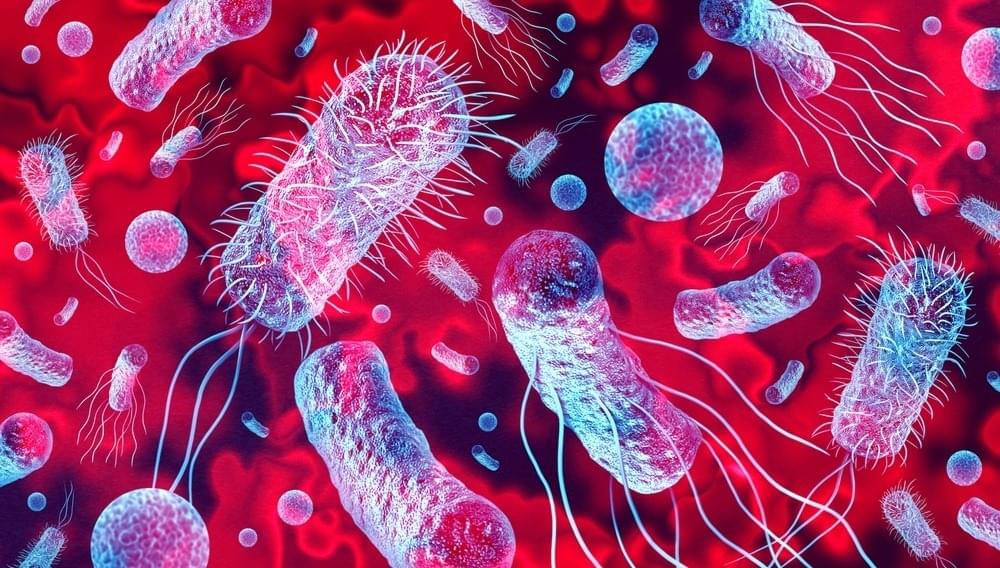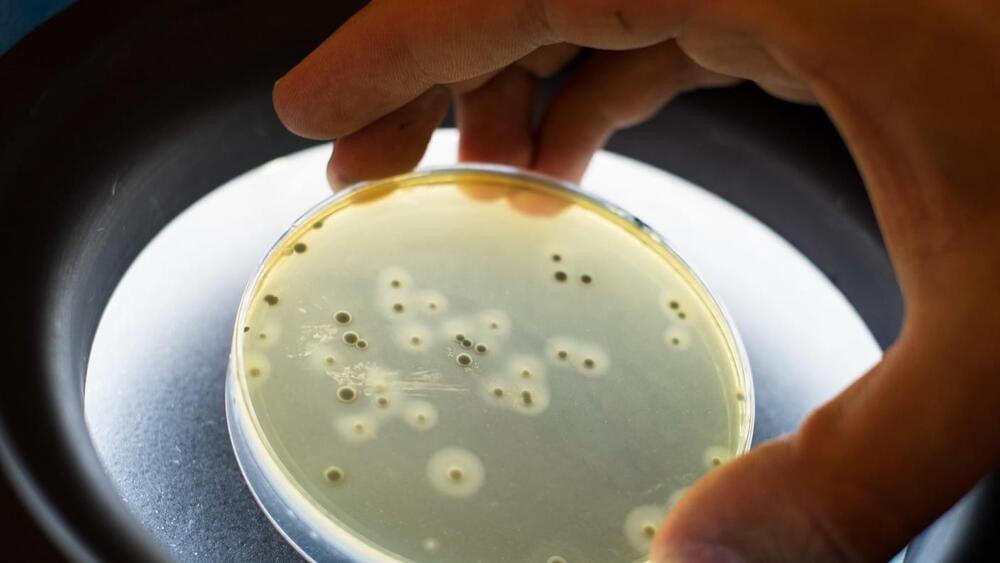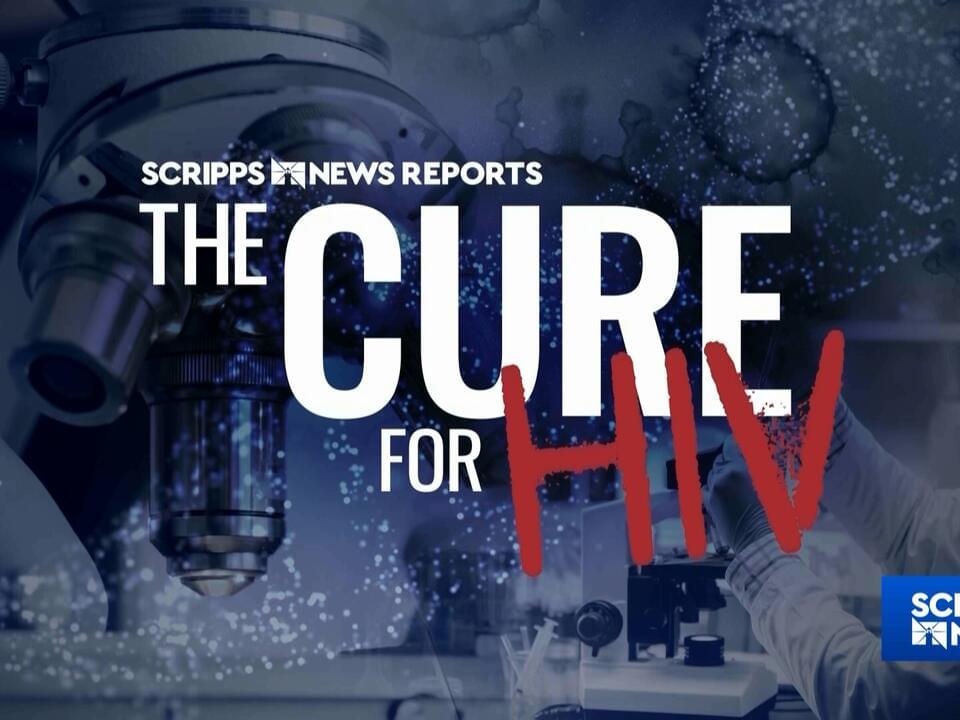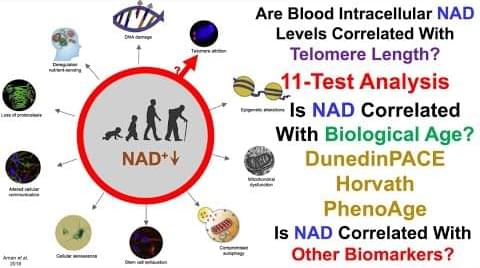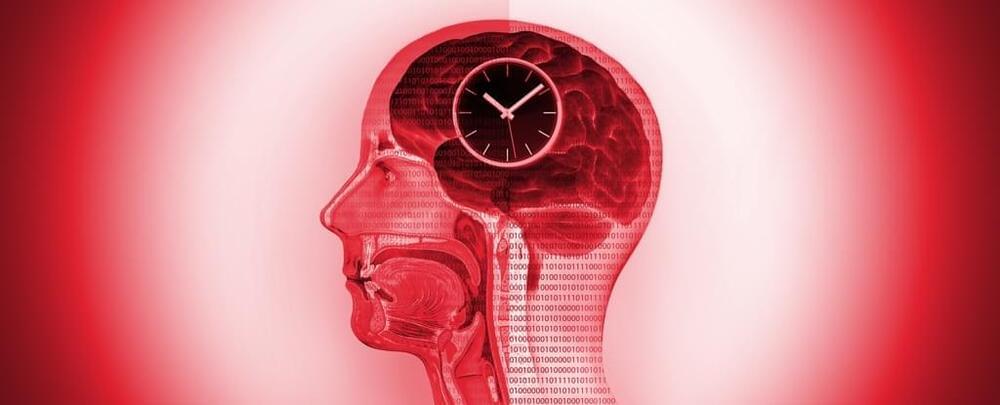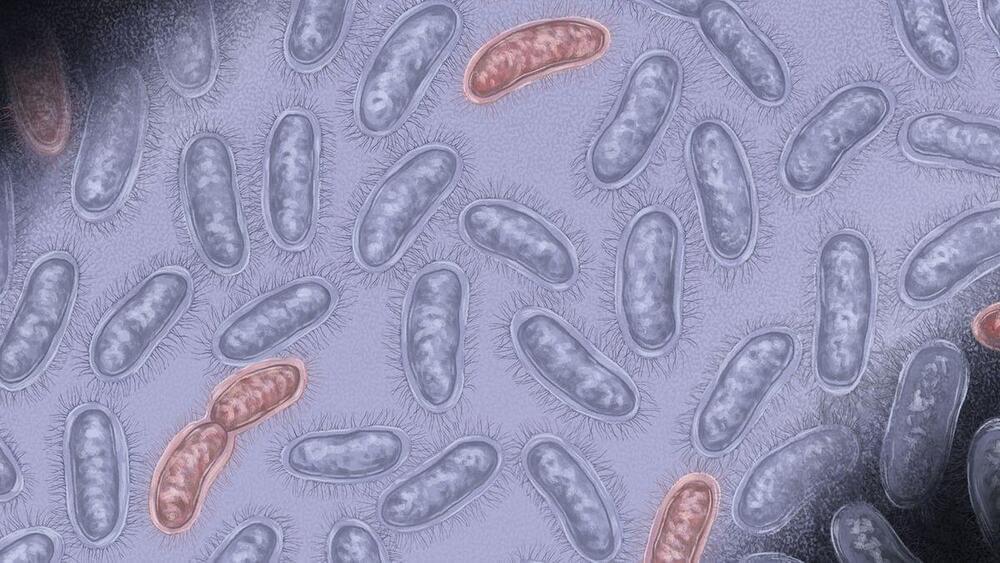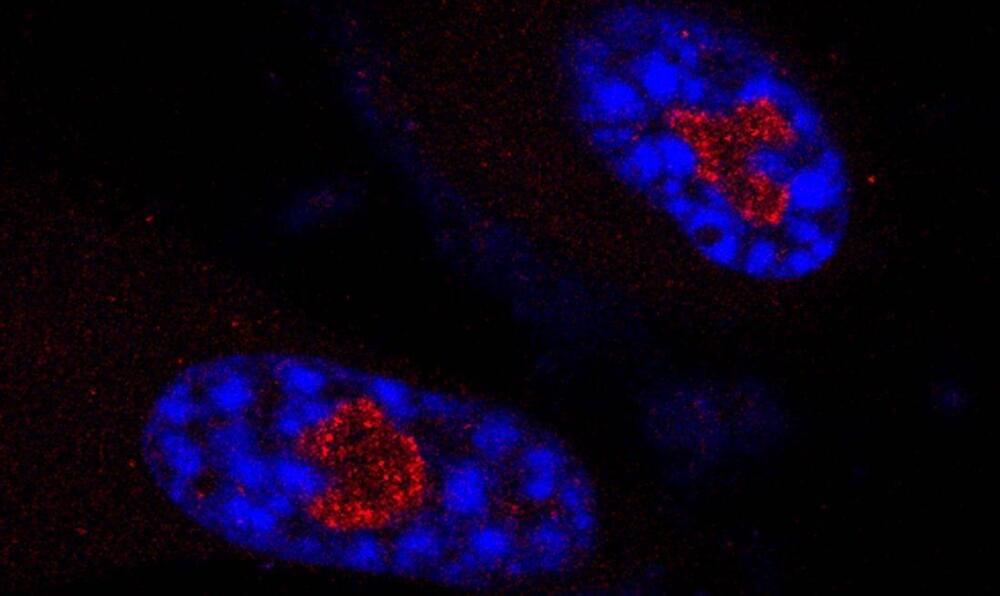Aug 12, 2024
Can odors help fight infection? Nematode research suggests so
Posted by Shubham Ghosh Roy in categories: biotech/medical, robotics/AI
In a recent study published in Science Advances, researchers from the University of California, Berkeley, used the nematode model Caenorhabditis elegans to determine whether the olfactory nervous system could non-autonomously control the mitochondrial unfolded protein response in response to cellular stress.
A critical part of maintaining a state of cellular homeostasis is coordinating responses to environmental stress across tissues. Substantial evidence now supports the fact that the central nervous system regulates stress across all tissues. Furthermore, cell non-autonomous induction of stress responses occurs in peripheral tissues when unfolded protein responses (UPR) in the mitochondria and the endoplasmic reticulum are activated in the neurons.
Stressed cells undergo misfolding or unfolding of proteins, and UPR transmits protein folding status information to the nucleus to enable cellular stress responses or induce apoptotic cell death. The non-autonomous control of cellular stress responses is believed to be essential for the organism to survive toxic environmental conditions.
